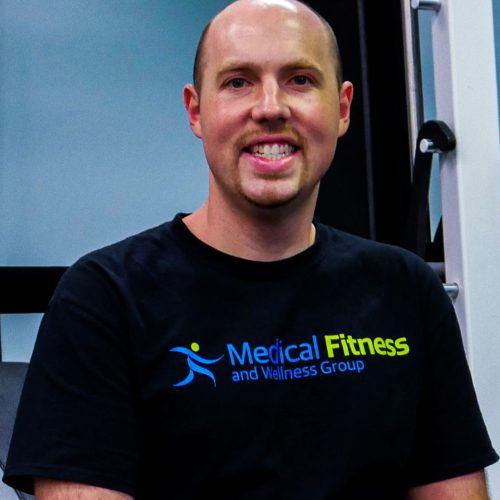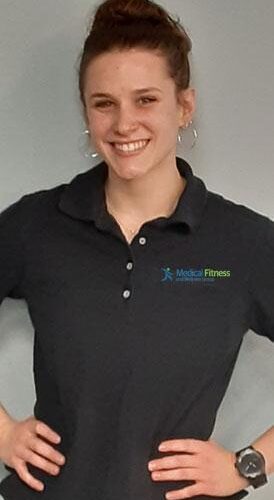
18 Apr Don’t Overtrain; Get into Stretch Therapy
When it comes to exercise, many people believe that the more they do, the better. However, overtraining can be detrimental to your health and fitness goals. That’s why it’s important to incorporate stretch therapy into your routine. It is a type of exercise that helps to enhance flexibility, range of motion, and overall fitness. Here are three reasons to consider incorporating this therapy into your fitness routine.
Prevents Overtraining Injuries
Overtraining can lead to injuries that can be difficult to recover from. Overuse injuries are common in athletes and fitness enthusiasts who push themselves too hard. Stretch therapy can help prevent these injuries by increasing flexibility and range of motion. When muscles are more flexible, they are less likely to become strained or pulled during exercise.
Additionally, it can help improve posture, reducing the risk of back pain and other musculoskeletal injuries.
Improves Performance
Stretch therapy can also help improve athletic performance. When your muscles are more flexible, you have a greater range of motion, which can help you perform better during exercise. Stretching before and after exercise can also help improve circulation and nutrient delivery to your muscles, which can help them perform better during workouts.
This can help reduce muscle soreness and fatigue, allowing you to recover faster between workouts and perform better overall.
Reduces Stress and Promotes Relaxation
A study by Harvard University also proved that stretch therapy could help reduce stress and promote relaxation. When you stretch, you activate your parasympathetic nervous system, responsible for the “rest and digest” response. This can be beneficial for both physical and mental health.
This kind of therapy can help improve sleep quality, which can also help reduce stress and improve overall health.
How to Incorporate This into Your Routine
Here’s how to get started with stretch therapy:
- First, it’s important to warm up before stretching. This can be done through light cardio exercises such as walking, jogging, or cycling. These increase blood flow to the muscles, making them more pliable and less injury-prone.
- Once you’re warmed up, you can begin your stretching routine. You can do many stretches, including static, dynamic, and proprioceptive neuromuscular facilitation (PNF). Static stretches involve holding a stretch for some time, while dynamic stretches involve moving through a range of motion. PNF stretches involve contracting and relaxing muscles in a specific pattern to improve flexibility.
- Then, stretch all major muscle groups, including hamstrings, quadriceps, calves, chest, back, and shoulders. Aim to hold each stretch for 15–30 seconds and repeat each stretch 2–3 times. You can also incorporate foam rolling and other self-myofascial release techniques into your stretching to help release muscle tension.
Conclusion
Overtraining can negatively impact your health and fitness goals. Incorporating stretch therapy into your routine can help prevent overtraining injuries, improve athletic performance, reduce stress, and promote relaxation. Warming up properly and incorporating various stretching techniques can improve your flexibility, range of motion, and overall fitness. So, tone down on overexerting yourself—stretch for a healthier, happier you.
Stretch Yourself to a Healthier You with Medical Fitness and Wellness Group
Welcome to Medical Fitness and Wellness Group in Johns Creek, where we provide a unique rehabilitation experience. Our expertise lies in Personal Training, Corrective Exercise, Stretch Therapy, Massage Therapy, Nutrition for weight loss and diabetes prevention, customized training programs for fitness and weight loss, as well as Medical Exercise programs for various conditions such as Diabetes Type 2, Osteoporosis, Stroke Rehabilitation, and post-rehab chronic injuries, among others. Book your session by calling 770-623-4078!


















